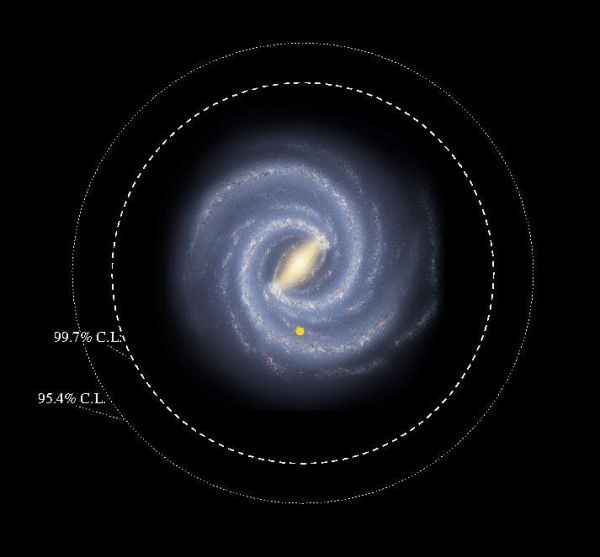Spiral galaxies such as the Milky Way have discs which are really thin, in which the major fraction of their stars are found. These discs are limited in size, so that beyond certain radius there are very few stars left.
In our Galaxy we were not aware that there are stars in the disc at distances from the centre more than twice that of the Sun. This means that our own star was apparently orbiting at about half the galactic radius. However now we know that there are stars quite a bit further out, at more than three times this distance, and it is probable that some stars are at more than four times the distance of the Sun from the Galactic centre.
“The disc of our Galaxy is huge, around 200 thousand light years in diameter” says Martín López-Corredoira, a researcher at the IAC and the first author of the article recently published in the journal Astronomy & Astrophysics and whose authors come from both the IAC and the NAOC.
In broad terms we can think of galaxies like the Milky Way as being composed of a rotating disc, which includes spiral arms, and a halo, spherical in shape, which surrounds it. This piece of research has compared the abundances of metals (heavy elements) in the stars of the Galactic plane with those of the halo, to find that there is a mixture of disc and halo stars out to the large distances indicated.
Read more at Instituto de Astrofísica de Canarias
Image: The coloured region is the previously known Galactic disk. The present work has extended its limits much farther away: there is a probability 99.7 percent or 95.4 percent respectively that there are disk stars in the regions outside the dashed/dotted circles. Yellow dot is the position of the Sun. Background Milky Way image from 'A Roadmap to the Milky Way'. (Credit: R. Hurt, SSC-Caltech, NASA/JPL-Caltech)


